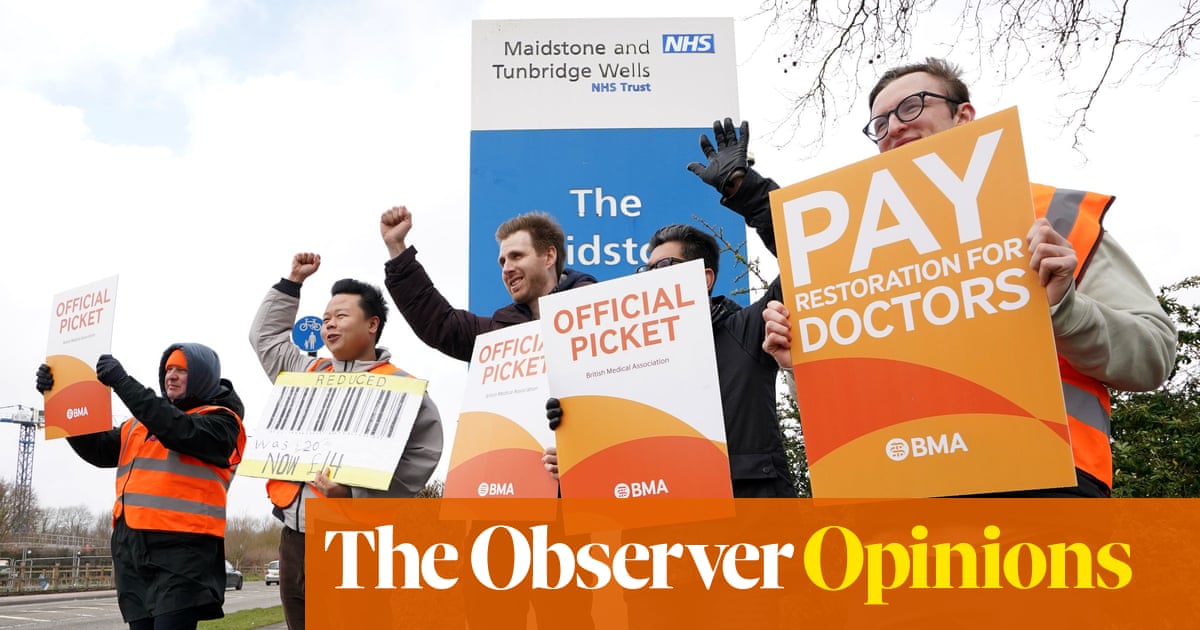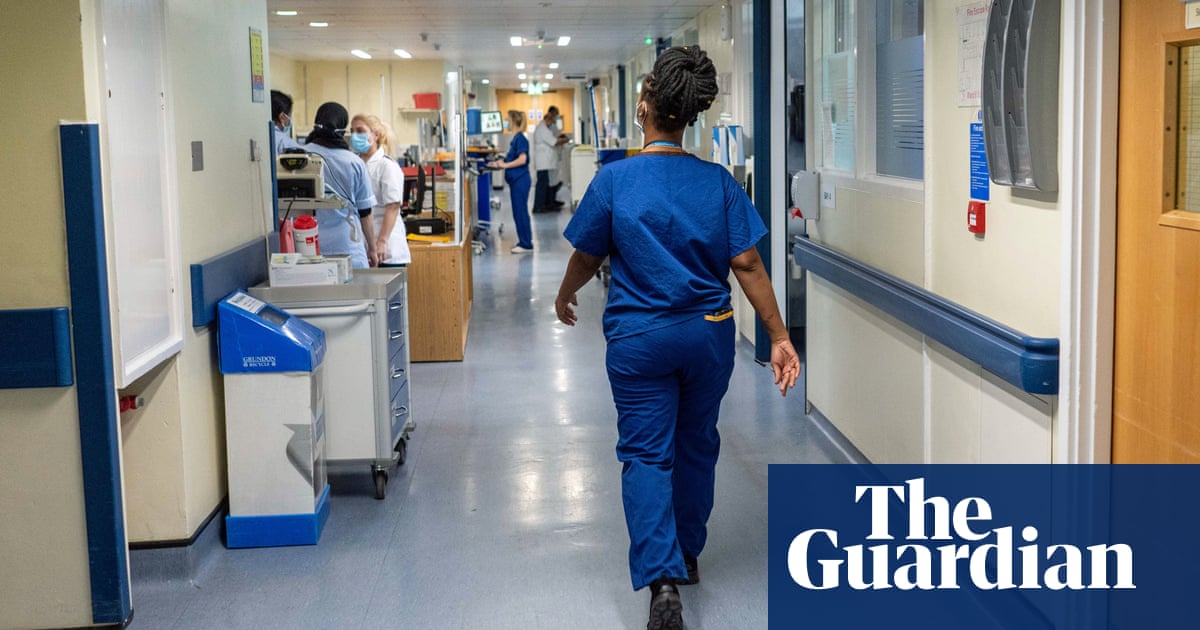
The government has a new NHS long-term workforce plan. Good. The health service is celebrating its 75th anniversary in poor health and for years hasn’t had a scheme to connect the growing demand for care with the supply of workers.
It rightly commits to training significantly more doctors and nurses, but there are big gaps, from how the additional staff will be paid for to anything on the 1.7 million-strong social care workforce (many of whom earn less than the minimum wage). Plus, we don’t just need to train the future workforce; we need to retain the existing one.
Long-term plans aside, the short-term reality is consultants voting last week to strike, with junior doctors already having done so. A timely study from Institute for Fiscal Studies researchers examines the 2016 junior doctors’ strikes, which were in opposition to a new contract, with a warning about what doctors walking out might mean for patients.
The headline findings match what hospital leaders are saying is likely to happen again. There was no overall fall in headline care outcomes (such as mortality or emergency hospital readmission), partly because emergency care continued to be provided, but lots of elective (ie, non-emergency) procedures were cancelled - a bigger problem today given the huge backlogs for treatment that now exist.
Then there’s the most concerning finding: more strike-affected hospitals saw worse outcomes for black emergency patients, who were more likely to be readmitted in successive weeks. That is compared with white patients in the same hospital. So when hospitals were under pressure, black patients disproportionately lost out through poorer care. The government’s job is to resolve these strikes but, if they fail, hospital managers must ensure this unequal history doesn’t repeat itself.
Torsten Bell is chief executive of the Resolution Foundation. Read more at resolutionfoundation.org












